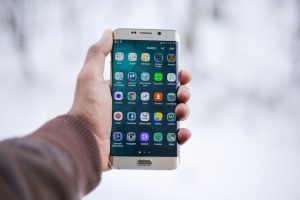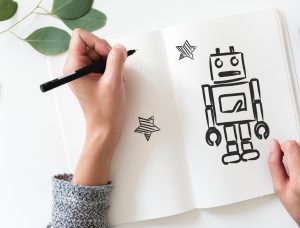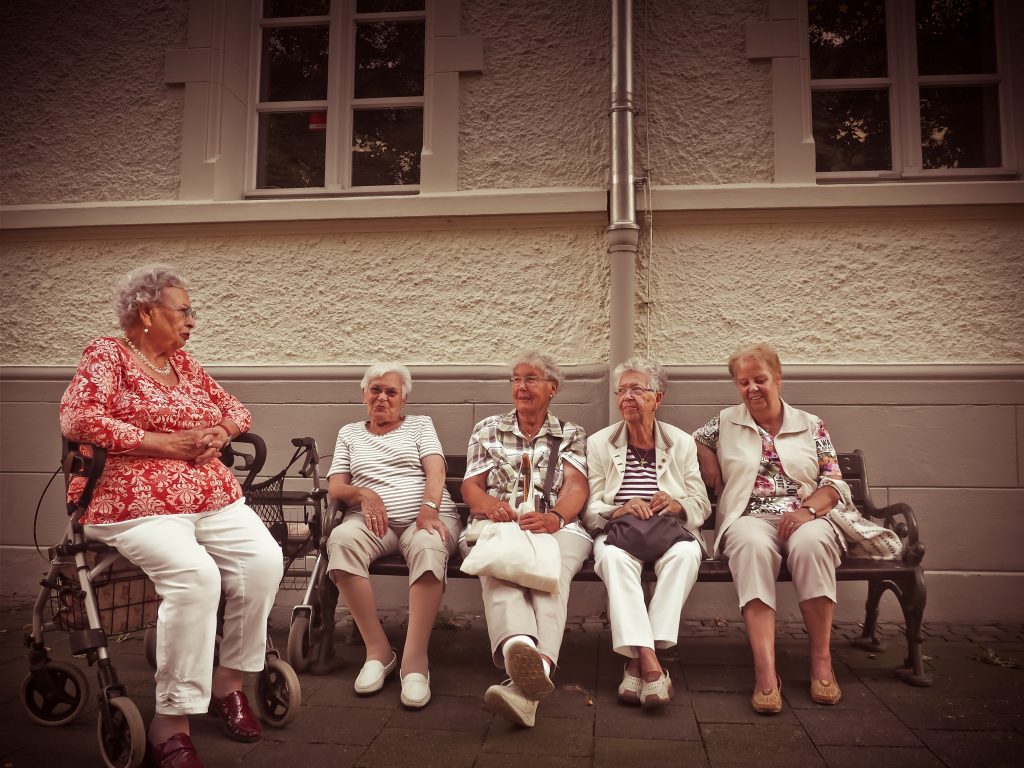Technology is growing at a fast pace and because of this, we are seeing huge changes in the healthcare market and growth within the aged care industry.
Having an ageing population, a growing number of businesses are devoting their attention towards creating technologies within this business category. Therefore, what we see now is only the start, we have only just begun utilising these improvements and so much more is yet to come.
Mobiles / Screen Devices

Ageing can sometimes lead to feelings of loneliness or loss of independence. Devices such as phones and tablet computers can consequently make a big impact. Being able to Facetime loved ones out of physical reach, but they can also develop an interest in music, games and further their reading.
Wearables
Wearable tech enables an ageing person to live at home whilst family members far away keep an eye on them through tracking apps. One important use is to track movement, you will be able to see if an ageing person hasn’t moved for a while or is moving too much. It can also monitor blood pressure and heart rate, meaning you always have information in case there is an emergency.
Health Regulators
Anyone living at home faces the trouble of travelling into medical practices for regular checks or specialist appointments. But, there continue to be numerous health monitors accessible, which may track data on a regular basis and feed information into a central observation point. This might help in care houses also, as carers can continue with their other responsibilities and will be alerted when any issues arise which require addressing previous to it being serious. There may be however instances where you can get certain specialists to visit you at home if you’re facing issues with your skin you may be able to contact your skin doctor and see if a home visit can be organised. As technology grows even farther, systems in this way will become much more intuitive and will have the ability to predict problems before they appear. If there is a certain health monitoring device you need but you aren’t sure if you can commit financially to a longterm gadget, you should consider the alternative of healthcare equipment rental.
Smart Contact Lenses
Although smart touch lenses are not really ready yet, it is something we’ll be seeing shortly. These digital lenses are going to have the ability to help track things like glucose levels, along with different investigators looking at ways that they could track whether somebody’s cataracts are progressing.
Tech Pills
The digestion and process of having medication is something that is quite serious. But, it is not necessarily easy to recall whether they’ve been taken. However smart tablets, which have raw detectors inside, can be absorbed by the body at precisely the exact same time as ordinary drugs. Once ingested, they send data to your mobile device, which makes it simpler to track medication use.
Floor Sensors
Flooring detectors are an immensely practical development for older individuals, both in the home and in care homes. The detectors in these mats may monitor moves and awake carers or others in the household and make them aware of any incidents. This may help people get assistance considerably faster, which may decrease stress and pain levels. Floor sensors will aid in fall prevention and evidently help with injury management.
Temporary Tattoos
Even though they’re not available just yet, we are probably going to see medical tattoos in the near future. These may help deliver the medication at pre-set occasions or boost medication as and if required. This might be used for a selection of health conditions and could be monitored remotely by caregivers. Medical tattoos may be something that becomes more prominent within a laser skin clinic as dermatologists are the specialists of the skin industry.
Augmented Reality
For ageing people, augmented reality might encourage them to remain emotionally and physically active. But for medical specialists there are many different applications. An example of this may be nurses wearing a set of eyeglasses which could quickly recall somebody’s medical notes. This may save time moving backwards and forward in a workplace, particularly in a scenario where significant information is necessary straight away.
3D Printing
Something which is presently being analysed is 3D printing of meals. Even though this might not sound luxurious, many older individuals have difficulty eating foods that are hard, especially those experiencing dysphagia. 3D published food is frequently pureed, therefore it’s not difficult to consume and could be forced to appear appetising. It may even be optimised to supply people with particular nutrients and part sizes.
Robotics

Robotics is a massive area and may have lots of benefits to elderly care. For individuals still living in your home, robots will have the ability to function as a companion, to reduce solitude. But together with strides in artificial intelligence (AI), there is much more they could possibly be able to perform, like helping with the cleanup, finding lost things, fetching items, assisting with exercise, even cooking, and alerting people to turn off the oven or lock the door. For carers, robots can help lift patients from bed or from the floor after an incident, and later on, we will see more nimble robots that are going to have the ability to help the elderly to walk and eventually become a lot more portable.




